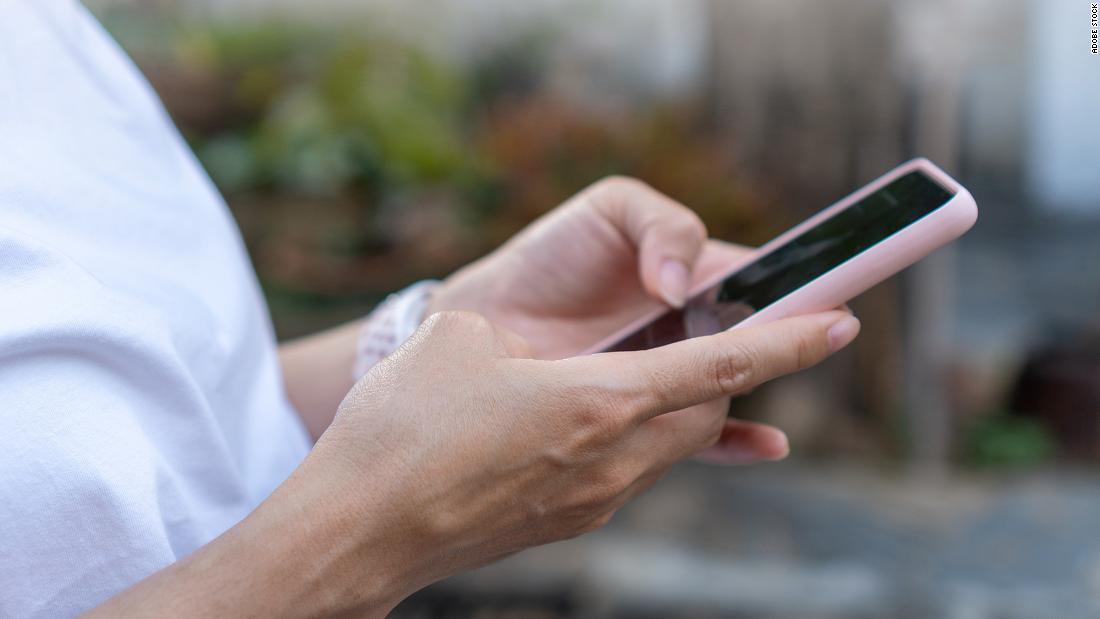
“It took off way faster than I expected,” she said. Her account, Midnight Tokar Vintage, has racked up nearly 6,000 followers since launching in September 2020 and she’s started a second account centered on resale clothing. Even with a relatively modest following, Tokar, a 30-year-old single mom living in New York City, was able to make the Instagram shop her full-time source of income about a year ago.
“I still have my core base of customers … but the way that Instagram is changing, it just doesn’t feel sustainable anymore, I don’t feel like I can really grow,” said Liz Gross, who since 2011 has been selling vintage fashion through her account, Xtabay Vintage. Gross said 98% of her business comes from the platform after her brick-and-mortar store closed during the pandemic.
In response to questions regarding small business owners’ concerns, Anne Yeh, a spokesperson for Instagram parent company Meta, reiterated that Instagram is temporarily reducing the number of recommended posts in users’ feeds in response to user feedback. “We recognize that changes to the app can be an adjustment, and while we believe that Instagram needs to evolve as the world changes, we want to take the time to make sure we get this right,” Yeh said in a statement.
Mosseri has said that the move to more recommended content is intended to help creators on the platform — suggesting that users will be more likely to discover something they didn’t already follow. But some business owners say simply ensuring that their posts reach people who chose to follow them is more important.
“I have people that write me that say they never see my posts anymore and wonder if I still post,” said Gross, who typically posts multiple times each day for her 166,000 followers. “Only a tiny, tiny fraction of the people that follow me actually see them.”
Similarly, Liz Sickinger, owner of Six Vintage Rugs, said that while her followers typically engage with her content if it pops up in their feed, lately her posts are seen by only around 5% of the people who follow her.
“As a creator, I’ve grown resentful of time there,” Sickinger, who started her account selling antique rugs four years ago and has nearly 42,000 followers, told CNN Business in an email. She added that she’s not sure her posts are actually showing up as recommended content in other users’ feeds but said, “I suspect not because I don’t post many videos and my account growth has completely plateaued.”
Many small business owners are also frustrated by the platform’s focus on video, and say they feel they must create videos or Instagram Reels in order for their posts to be seen, whether or not the format makes sense for their products.
“I didn’t go into this business wanting to be entertaining,” Tokar said. “It’s so time-consuming making that content and it’s such a time-consuming job to begin with. My hours are spent sourcing and photographing and listing and researching and cleaning and delivering. … That’s already a full-time job.”
Accounts can pay to “boost” their posts so that they will show up as sponsored posts in more users’ feeds, which multiple business owners said now feels like one of the only ways to ensure engagement with still images. Sickinger said her ad spend has doubled in the past year “because organic reach is dead.”
For Gross, who said sponsored posts have helped grow her following over the years, having to now pay to be seen feels unfair. “What good is it if you’re not going to actually show [my posts] to the people who I paid money to reach initially?” she said.
Given Instagram’s tremendous reach, quitting is hard, both for users and businesses. But some business owners say they’re considering expanding to other platforms because of the changes. Tokar said she’s started conducting some sales through e-commerce sites Depop and Etsy, and she’s now no longer relying on her shop for all her income. And Sickinger said her “saving grace” has been the ability to reach her repeat customers through an email list.
Still, there’s no way to easily transition an Instagram account’s following to an audience elsewhere, and other platforms often come with fees and other policies that can make selling there more complicated than on Instagram.
“It kind of keeps me up at night because I don’t know how else I would reach people,” Gross said. “I mean, I could start doing Twitter posts. But visually, the impact of Instagram was always that you have an image that you saw, so losing that would have a tremendous impact.”
Said Sickinger: “My business would not be what it is today without this platform, which is why I’m so invested. I want them to really understand who their user is though, and I’m not sure that they do.”
